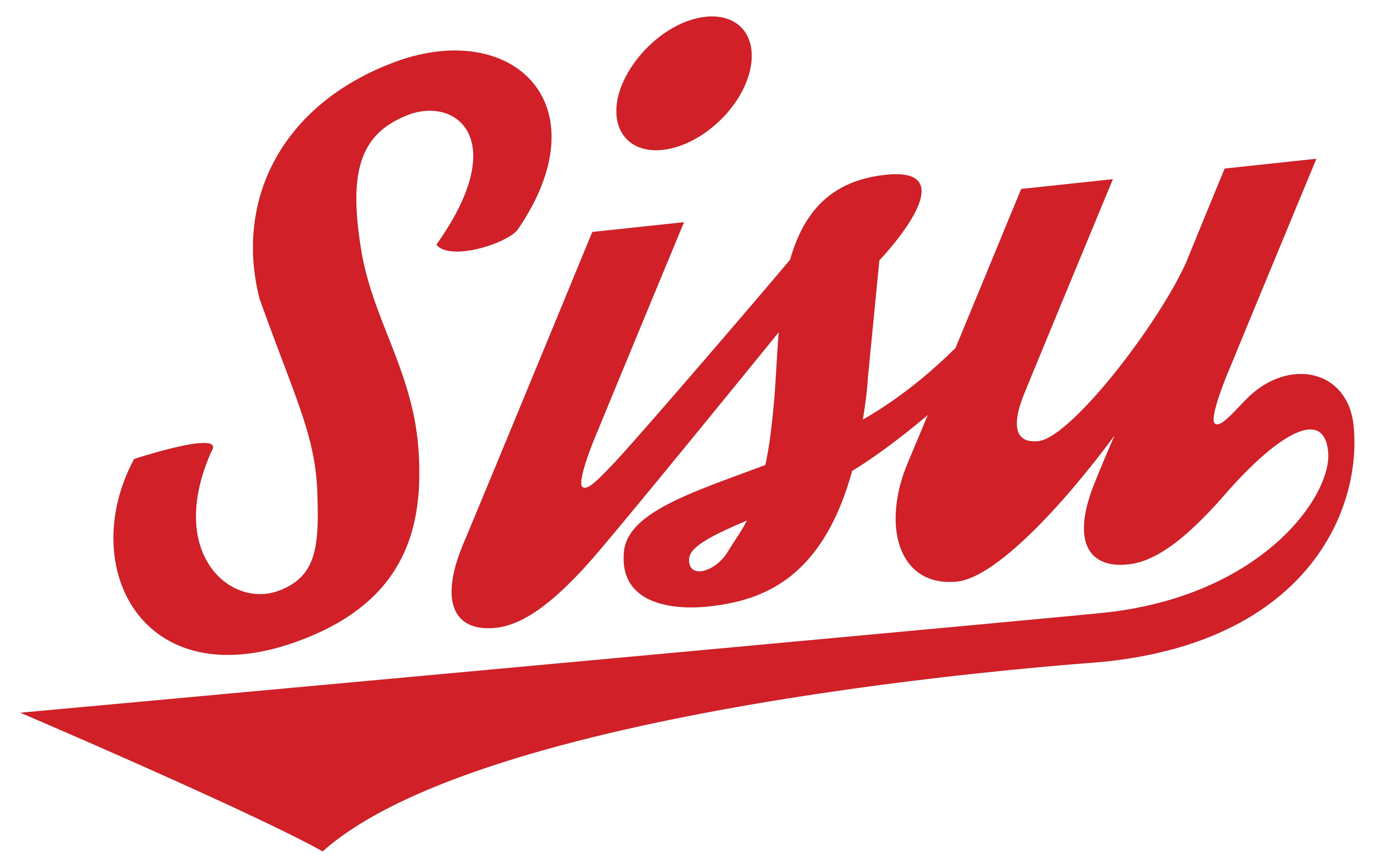Healthy Habits For Life: 10 Tips For Better Meal Prep
Originally published by MyFitnessPal on November 18, 2018.
Meal planning can make a huge impact in helping you reach your weight-loss goals faster. Not only can you consume fewer calories, but it can actually help you save time during the week. Plus, having a fridge stocked with healthy meals and snacks is especially important during the holidays or times when you’re busy and stressed. Here are 10 tips to help you get the most of out of meal prep so it becomes a healthy, life-long habit.
1. Make A Menu
The first step in meal planning is making a menu. Write down how many meals you need and the ingredients. Make sure you have a balance of macros — fats, proteins, carbohydrates — and fresh vegetables at each meal. Having everything written out in advance helps you save time when you go to the grocery store.
2. Stock Up on Pantry Staples
From olive oil to garlic, there are certain pantry staples every home chef should have. Bring this list of 10 must-have items the next time you go to the grocery store so you can add them to your cart.
3. Take Shortcuts When You Can
While they might be slightly more expensive, buying pre-cooked ingredients can save a lot of time. For example, pre-sliced, pre-washed veggies can be tossed into omelets or added to stir-fries and salads. A rotisserie chicken is easy to use in everything from enchiladas to grain bowls. Here, more supermarket shortcuts for healthier meal prep.
4. Invest in the Right Tools
From a few sharp knives to storage containers and sharpies to label everything, having the right kitchen equipment makes all the difference. Check out our list of 10 essential tools to upgrade your meal prep.
5. Mix & Match Ingredients
Prepping different ingredients for each day of the week takes more time, but eating the same dish over and over again can be boring. Instead, get creative and think about how to use your favorite ingredients in a variety of ways. For example, you can make two weeks of healthy lunches using different combinations of carbs, veggies, proteins and healthy fats.
6. Batch Cook with Sheet Pans
Sheet pan meals are a great way to experiment with different flavor combinations, proteins and veggies while keeping cleanup to a minimum. Try these 10 dishes with 30 grams of protein or more or these delicious recipes with 400 calories or less.
7. Or Use a Slow Cooker
Not only does a slow cooker save time in the kitchen, it’s also budget-friendly since it turns tougher, less expensive cuts of meat into savory bites. In addition to meat, you can also use it for everything from oatmeal to eggs and beans. To get started, try these 15 easy slow-cooker meals under 375 calories.
8. Re-Purpose Leftovers
You don’t have to throw away leftovers or continue to eat the same thing every day. Instead, get creative with how you use them. For example, try making a leftover sandwich by adding a fried egg or put leftover meat and veggies in an omelet or tacos.
9. Take Advantage of the Freezer
Most meals last in the fridge up to five days, but using the freezer can extend shelf life up to 11 months. You can make extra batches of soup, lasagna, casseroles, etc. and store them in the freezer so you have a healthy go-to option readily available. Or you can use the freezer to store pre-chopped veggies and fruit to add to smoothies and soups. Read more about how to make the most of the freezer for meal prep.
10. Make It Fun
Meal prep shouldn’t feel like a chore you dread or you’ll be less likely to stick with it. Find ways to make it fun, whether that’s putting on your favorite playlist or podcast or getting the family involved as a weekly ritual.
Take the Meal Prep Challenge
Check out these 12 batch-cooked meals under 350 calories and see how many you can make in the next month. If you manage to meal prep for two weeks in a row, reward yourself, and share with us what you made.

